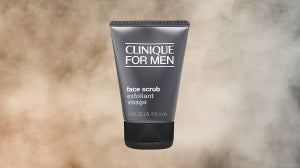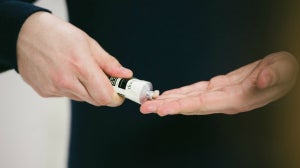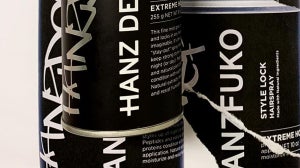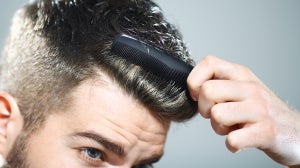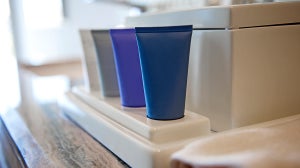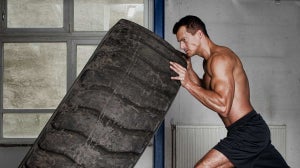
If you’re in need of an efficient exfoliator but don’t want the skin damage caused by using abrasive exfoliating scrubs, we are about to inform you of your saviour product, right here, right now. Here at Mankind, we are informing you of everything you could possibly need to know about lactic acid in our latest ingredient focus so you can create the perfect skincare routine which your skin will thank you for. Read on to discover exactly what lactic acid is, what it does in skincare and which products we recommend to give you the best complexion you could possibly achieve.
What Is Lactic Acid?
Lactic acid is a natural acid which is derived from milk, fruit, vegetables and other plants. It is an AHA (alpha hydroxy acid) which basically means that the main use of this acid is to be used as an exfoliant. The AHA group contains other acids; however lactic acid is more gentle than one of the others - glycolic acid. Lactic acid is particularly good for use on dry or sensitive skin as it consists of larger molecules which work upon the surface of the skin rather than penetrating the deeper layers. When molecules can be absorbed quite deeply, it can cause sensitive skin to become irritated and sore so this gentle AHA is a good choice.
What Does Lactic Acid in Skincare Do?
In terms of how lactic acid works in skincare, it exfoliates the cells on the surface of skin by breaking down the ‘gluey’ material that holds skin cells together to reveal a softer, younger looking complexion. It is often used to make chemical facial peels which usually contain more than 30% of the acid, causing the dead skin cells from the top layers of skin to dissolve - which is a great treatment for dry skin. Using lactic acid in skincare is also good for pigmentation conditions such as melisma, lentigo, freckles and dark acne scars. This is because when a skincare product contains lactic acid, it has the power to lighten skin discolourations without the damaging effects of using grainy scrubs. If this doesn't quite sound useful enough, lactic acid also controls and prevents oiliness and breakouts, firms up sagging skin, fine lines and wrinkles and promotes collagen growth in the deeper layers of the skin. This really is one of those miracle working skincare saviours!
Mankind Recommends
As lactic acid is known to be best to use when in a cleanser, a cream or lotion or as a peel, we’ve recommended one of each to incorporate into your skincare routine for a smooth and clear complexion. The Aesop Parsley Seed Facial Cleanser offers gentle yet thorough cleansing to keep your skin feeling cleansed, softened and clarified. If you suffer from quite fry skin, the Elemis Biotec Skin Energising Day Cream contains an energising trio of acids to hydrate and nourish skin to replenish your complexion. To polish and smooth skin whilst encouraging collagen production, the Omorovicza Copper Peel is a two-phase peel which gives immediate skin brightness and instant results.
Finally…
When using a facial peel, your face may be noticeably red for several weeks post-peel. Also, skin irritation can occur if you use a product with too high a concentration of lactic acid so make sure to find the right concentration which suits your skins needs. Finally, using lactic acid increases skin sensitivity to the sun for up to a week after application so using sun protection is incredibly important.
Have you tried using lactic acid in your skincare routine?
Let us know over on Twitter at @MankindCoUk!


